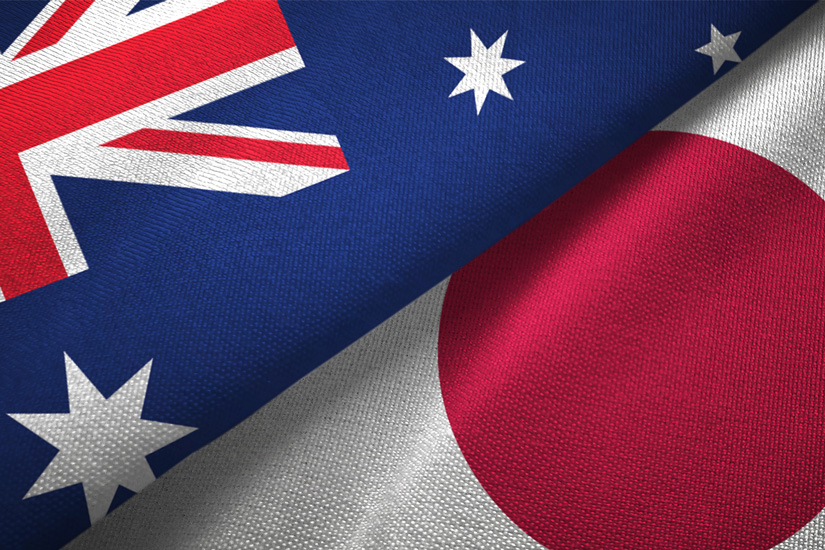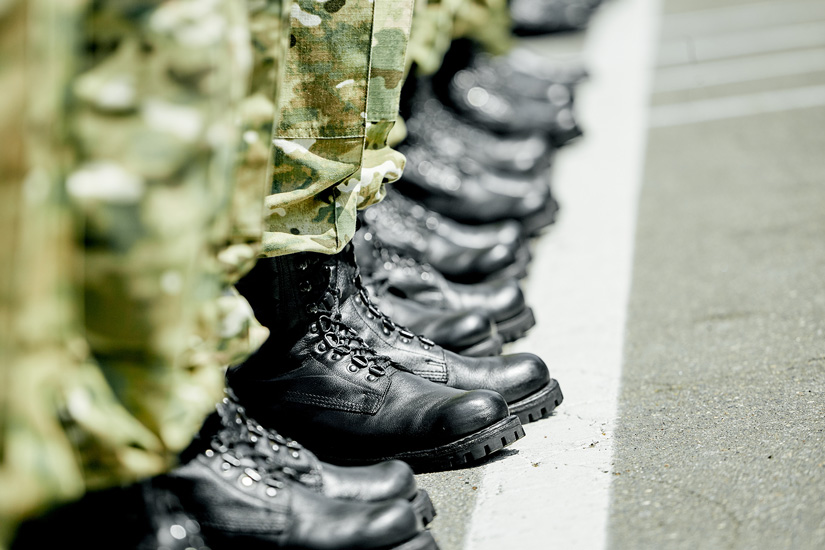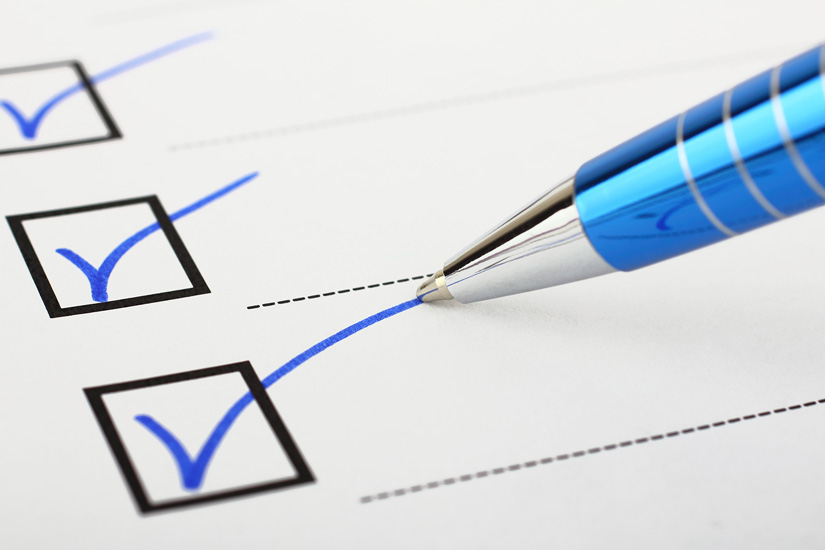Introduction
On 6 January 2022, Prime Ministers Scott Morrison and Kishida Fumio met virtually for their annual leadership summit – a feature institutionalised in the Australia-Japan “Special Strategic Partnership”. The big takeaway from this year’s summit was the “landmark” signature of a Reciprocal Access Agreement (RAA). This follows the “agreement in principle” reached in November 2020 between Prime Ministers Morrison and Suga Yoshihide.

What is the RAA and why does it matter?
The RAA has been erroneously characterised in many media commentaries and analyses as a “military alliance[1]” or “defence pact[2]”. Though it entails defence/military cooperation, such descriptors are woefully inaccurate. Military alliances/defence pacts are based upon a formal treaty instrument that legally binds the partners to mutual military assistance, including the use of force in combat, in specified circumstances (a casus foederis). There is no such declaration in the RAA and therefore it emphatically does not represent the consummation of an “alliance” by any professional reading of the term.
Rather, the agreement essentially puts into place a legal, logistical, and security framework for facilitating mutual access to one another’s bases and ports. It thus outlines the actual protocols to govern the stationing of Australian or Japanese military and civilian personnel and assets on one another’s territory. In the dry legalese of the document itself (Article II):
‘The purpose of this Agreement is to facilitate mutually beneficial defence cooperation between the Parties by establishing a framework for the conduct of such cooperation, and defining the status of the Visiting Force and the Civilian Component[3].’
It can thus be compared to the Status of Forces Agreement (SOFA) between Japan and the United States, signed in 1960 (and subsequently updated)[4]. Indeed, a large portion of the agreement is quite mundane, dealing with issues such as travel formalities, duties and taxes for visiting personnel, liability for damages, and so forth.
The most interesting part of the document regards the legalities pertaining to personnel charged with serious criminal offenses whilst stationed on the partner’s territory. It has taken painstaking negotiations, totalling eight years, to overcome Australian reservations about the existence of the death penalty for capital crimes in Japan (Canberra abolished capital punishment in 1985). Diplomats were concerned that Australian military or civilian personnel stationed in in Japan could be hypothetically subject to such laws. For example, the execution of two Australian citizens charged with capital crimes in Indonesia – the “Bali Nine” – caused serious domestic political/diplomatic repercussions in 2015. This stumbling block has now apparently been successfully overcome, and the RAA text puts extensive measures into place to ensure that ‘no cruel punishments shall be imposed upon him or her [i.e. visiting military/civilian personnel], consistent with the law of the Receiving State’ (Annex relating to Article XXI 7)[5]. An annex to the RAA contains further detail on the death penalty issue, which, the author, without being a legal expert, must presume is to the satisfaction of Australian law makers.
Legal details aside, the bottom line is that the RAA further reduces barriers to practical military-military cooperation between the Australian Defence Force (ADF) and Japan Self-Defence Force (JSDF) and continues to build upon earlier arrangements such as the Acquisition and Cross-Servicing Agreement (ACSA) of 2010 (upgraded 2017), and Information Security Agreement (ISA) of 2012[6]. These agreements, together with the vital RAA, allow for closer and more seamless cooperation between the ADF and JSDF on ‘collective activities’, such as military training and exercises, and joint Humanitarian Assistance/Disaster Relief (HA/DR) operations. Notably, Japan’s 2015 Peace and Security Legislation, welcomed in Australia, has also helped pave the way for greater practical cooperation in the defence arena[7].

Bilateral summitry is about more than just the RAA
At important summit meetings, political leaders customarily unveil some sort of big initiative or new policy, like the RAA, for domestical reasons. But the Morrison-Kishida meeting dealt with many other important issues, as reflected in their Joint Statement[8]. As is now established practice, the Prime Ministers affirmed the value of the Partnership, taking stock of its achievements and activities to date, highlighted existing and emerging concerns, and sketched out new pathways for the future in bilateral relations. Without simply listing the published details at length, it is worth highlighting three selected areas of immediate contemporary significance.
First, with direct relevance to the RAA, the Joint Statement emphasised building greater Maritime Domain Awareness (MDA) between the Australian and Japanese coast guards[9]. This is a crucial area of cooperation since the Indo-Pacific is primarily a maritime environment, where military brinksmanship and contested territorial claims also impact the security of the Sea Lines of Communication (SLOCs) through which phenomenal amounts of trade and vital energy supplies flow. Greater collaboration on maritime enforcement between the Australian Maritime Command (a joint Royal Australian Navy and Border Protection Force responsibility) and the Japan Coast Guard (JCG) is therefore viewed as a pressing task in response to disruptive challenges in this domain. Such challenges often take the form of “hybrid” or “grey area” activities, where commercial fishing vessels and coast guards are deployed to interlope into contested maritime spaces. This will build upon the existing track record of bilateral naval exercises such as Nichi-Gō Trident, that have sought to increase interoperability between the Royal Australian Navy (RAN) and Maritime Self-Defense Forces (MSDF). Together such activities help to build a common framework of deterrence towards maritime adventurism.
Second, in a different domain, with supply chains in chaos as a result of COVID-19, and with shared experiences of economic coercion from China in mind, the 2022 Joint Statement identified ‘economic security’ as a key mutual concern. It committed the partners to building greater resilience in supply chains (including critical minerals), enhancing protection of critical infrastructure, and upholding international standards in multilateral forums. It also extended to increased cooperation on the development of advanced technology, such as quantum computing and artificial intelligence (AI), and working together on cyber security. As competition in advanced technologies, including those with military applications - Emerging Defense Technologies - accelerates, bilateral collaboration (through the Japan-Australia Economic Partnership Agreement), as well as coordination with the United States, is now at a premium.
The third conspicuous issue in the Joint Statement was the inclusion of Taiwan as a shared interest. To wit, ‘The two leaders also underscored the importance of peace and stability across the Taiwan Strait and encouraged the peaceful resolution of cross-Strait issues’[10]. Though this is a fairly moderate declaration, it appears against a relatively charged policy backdrop in both countries. Politicians in Australia and Japan have made repeated statements pertaining to their interest in the security of the beleaguered island democracy, which have raised hackles in Beijing. To give a couple of examples, at the National Press Club in Canberra, Defence Minister Peter Dutton in November 2021 suggested that it was “inconceivable” that that Australia would not assist the U.S. in the defence of Taiwan, and warned that Japanese-administered islands could be in peril: “If Taiwan is taken, surely the Senkakus are next”, he said[11]. His sentiment was echoed by former PM Abe Shinzō (reinforcing earlier controversial comments by Deputy PM Asō Tarō in July 2021), who also indicated the indivisibility of the Japan-U.S. alliance in any Taiwan contingency[12]. Following the unprecedented appearance of Taiwan as an explicit matter of national security interest in the 2021 Defense of Japan white paper, it is clear that both countries are signalling their joint commitment to Taiwan’s security in the face of increased Chinese pressure, and their support for their joint ally, the U.S., in this respect[13].
Beyond these three more novel developments, the partners reaffirmed their adhesion to the rules-based order in the Indo-Pacific (including free, open and fair-trading practices), the importance of international law and non-coercive behavior, and the regional security architecture (i.e. “ASEAN centrality”), now including the AUKUS (Australia-U.K.-U.S.) minilateral[14]. Continued engagement with non-proliferation, capacity-building, and economic institutions, such as the Regional Comprehensive Economic partnership (RCEP) and the Comprehensive and Progressive Agreement Towards Trans-Pacific partnership (CPTPP), filled out the agenda. That the list of items appearing in Joint Statements keeps expanding is testament to the increasingly multi-faceted and proactive nature of the Partnership itself.

Implications of the RAA and Special Strategic Partnership for the region
The RAA is just a small component of the larger Australian-Japanese joint response to a worsening security landscape in the Indo-Pacific. It comes at a time when both countries are increasing their defence budgets and upgrading their military capabilities, as well as strengthening their alliances with their joint ally, the United States. Canberra and Tokyo have become increasingly alarmed about assertive Chinese actions, including disputes in the South China Sea (SCS), increased military maritime and airspace infringements of Japanese territory in the East China Sea (ECS), and incursions across the Sino-Taiwanese “median line” border (all noted in their 2022 Joint Statement). This is refracted through a mutual experience of Chinese economic coercion in retaliation for diplomatic disputes, coupled with worries about supply-chain security (not just due to COVID-19).
As strategic rivalry between the U.S. and China has gathered pace over recent years the strategic partners have constantly sought to broaden and deepen their bilateral relationship across all relevant sectors. Such cooperation is taken both in support of their joint U.S. ally, but also independently (to a degree) as an example of secondary powers taking greater responsibility for their own security destinies. So important has the bilateral relationship now become that the partners have signalled their intention to revise/update the “foundational” Joint Declaration on Security Cooperation (JDSC), upon which the Special Strategic Partnership has been based since 2007, at the earliest opportunity. We can thus expect to see further significant developments in the partnership going forward, as Australia and Japan seek to jointly respond to regional challenges and support the rules-based order upon which they depend for their security.
(2022/02/21)
Notes
- 1 Liu Xin and Zhang Changyue, “Japan-Australia defense, security treaty will inflame regional tensions”, Global Times, 5 January 2022.
- 2 Andrew Tillett, “Australia, Japan to sign ‘landmark’ defence pact”, Australian Financial Review, 5 January 2022.
- 3 Japan-Australia Reciprocal Access Agreement, 6 January 2022, MOFA.
- 4 Agreement Under Article VI of The Treaty of Mutual Cooperation and Security between Japan and United States of America, Regarding Facilities and Areas and The Status of United States Armed Forces in Japan, 19 January 1960, Washington DC.
- 5 Japan-Australia Reciprocal Access Agreement, 6 January 2022, MOFA.
- 6 “Elevating the Australia-Japan Strategic Partnership to ‘a new level’: challenges and responses”, JIIA Policy Brief, 13 April 2021, Japan Institute for International Affairs, Tokyo.
- 7 Government of Japan, Japan’s Legislation for Peace and Security, March 2016, MOFA.
- 8 Prime Minster of Australia, Prime Minster of Japan, Australia-Japan Leaders’ Meeting Joint Statement, 6 January 2022.
- 9 Ibid.
- 10 Ibid.
- 11 Anthony Galloway, “Dutton warns of ‘next step’ if China invaded Taiwan,” Australian Financial Review, 26 November 2021.
- 12 “Abe hints at Japan’s possible military role in Taiwan contingency”, The Japan Times, 14 December 2021.
- 13 The Defense of Japan, Tokyo: Ministry of Defense, 2021.
- 14 Thomas Wilkins, “The AUKUS Trilateral Security Partnership and what It Means for Australia”, 15 November 2021, International Information Network Analysis.

